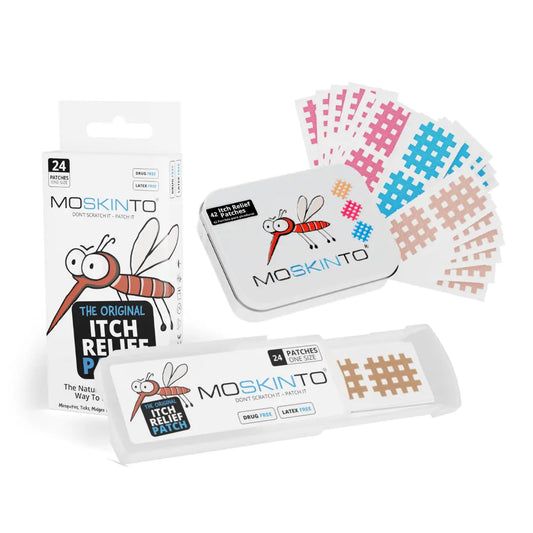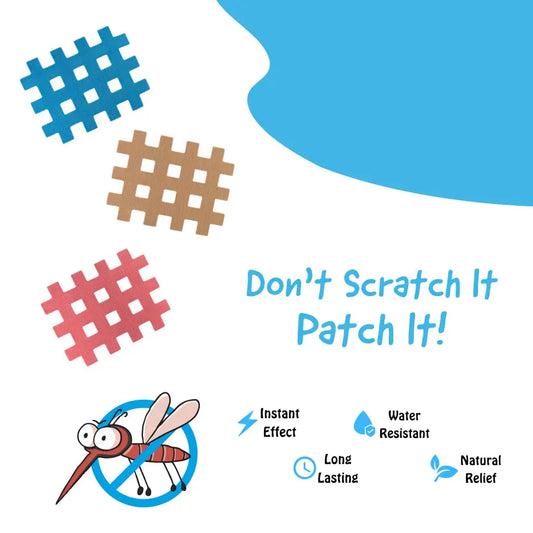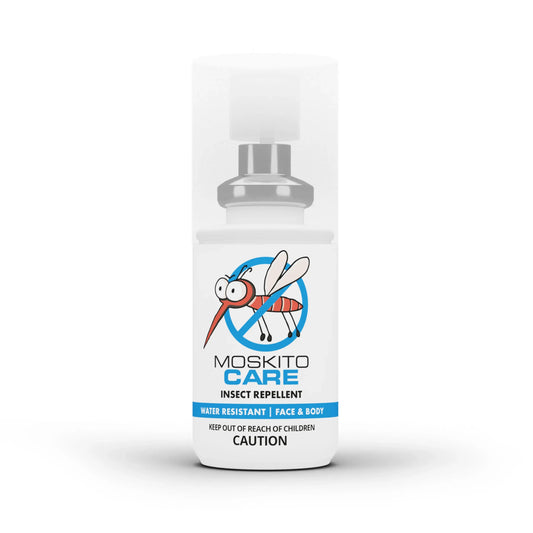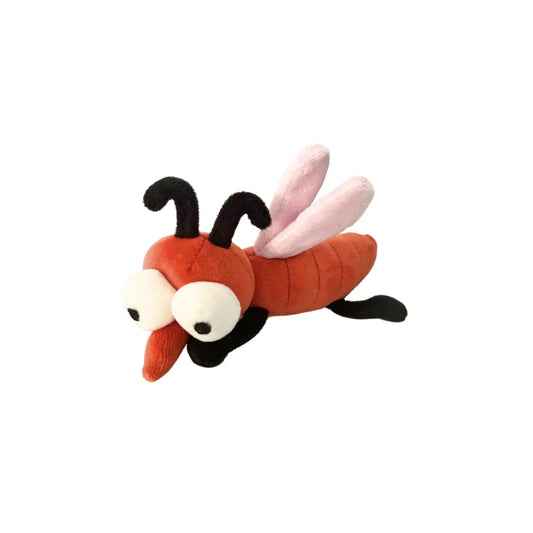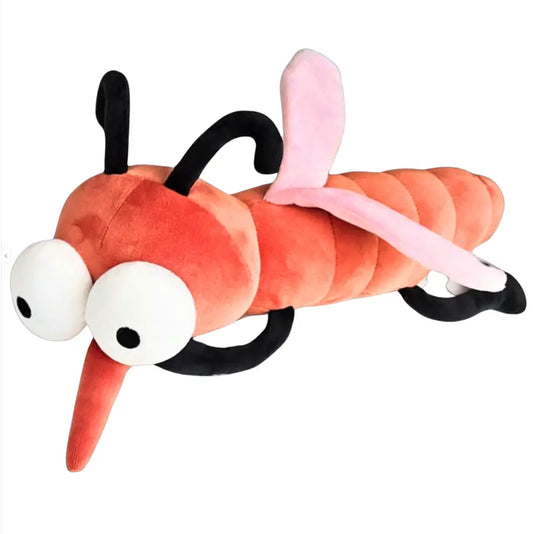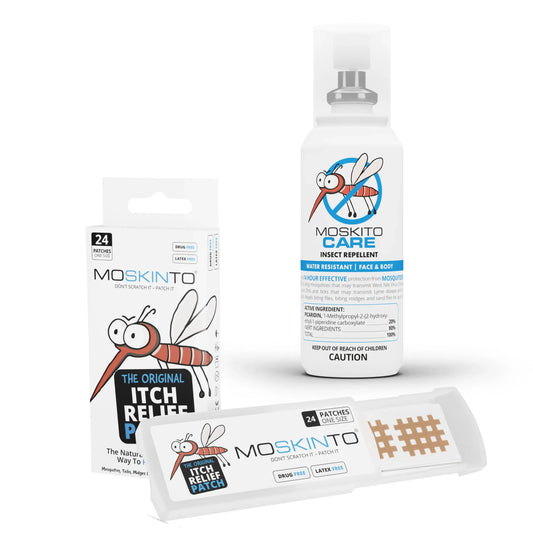Understanding the West Nile Virus: A Mosquito-Borne Threat
Embarking on a journey through the microscopic world of pathogens, we unravel the enigma of the West Nile Virus (WNV), a mosquito-borne disease that has captured scientific and public interest. WNV is a member of the Flavivirus genus that poses significant health risks to humans and animals alike. Discovered in 1937 in the West Nile district of Uganda, it has since then danced across continents, leaving a trail of outbreaks in its wake. In the context of human diseases, WNV is a relatively recent concern, but its impact has been felt worldwide with tens of thousands of cases over the past decades.
Grasping the mechanisms of virus spread is crucial in the control and prevention of infectious diseases like WNV. By dissecting the behaviors and patterns through which mosquitoes transmit this potent virus, we can fortify our defenses and reduce the risk it poses to public health. Join us as we delve deep into the relationship between these tiny yet powerful vectors and the West Nile Virus, and arm ourselves with knowledge to combat its silent and swift encroachment into our lives.
The Mosquito as a Vector: Feeding Habits and Virus Transmission
Understanding the feeding habits of mosquitoes is crucial in grasping how they spread the West Nile virus (WNV). When mosquitoes feed, they not only take in nutrients but also a myriad of microorganisms, which can include viruses like WNV. This process is a critical factor in the transmission cycle of such diseases.
How Mosquitoes Feed
Mosquitoes are known for their piercing and sucking mouthparts, which allow them to access the blood of their hosts. When a mosquito bites, it injects saliva containing anticoagulants into the bloodstream, facilitating a smoother feeding experience. It is this exchange of saliva that can transmit the West Nile virus from an infected host to others.
The Role of Blood Meals in the Spread of West Nile Virus
The blood meal plays a pivotal role in the life cycle of the West Nile virus. Mosquitoes, primarily females, require these blood meals for egg production. If the female mosquito feeds on an infected bird, the virus can replicate within the mosquito and subsequently be passed on to future hosts, continuing the infection cycle.
Differences Between Male and Female Mosquito Feeding Habits
- Male Mosquitoes: They primarily feed on nectar and plant juices. They do not bite mammals and are not involved in the transmission of diseases.
- Female Mosquitoes: In contrast, females need protein-rich blood to fertilize their eggs. It is during this feeding process on a bird or mammal, potentially infected with the West Nile virus, that the female mosquito can become a vector for the disease.

